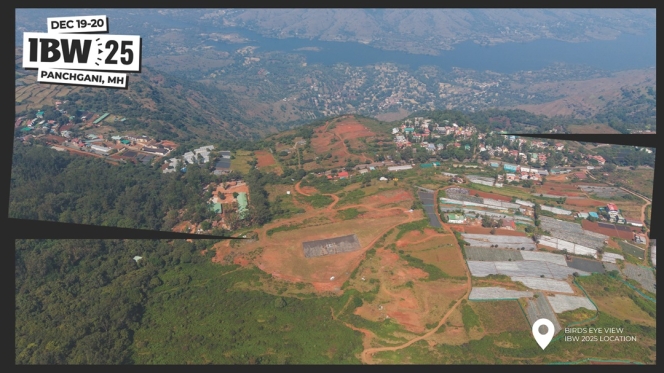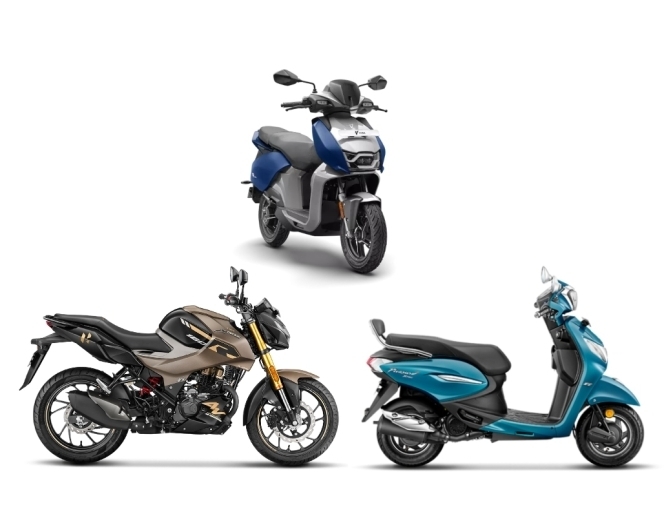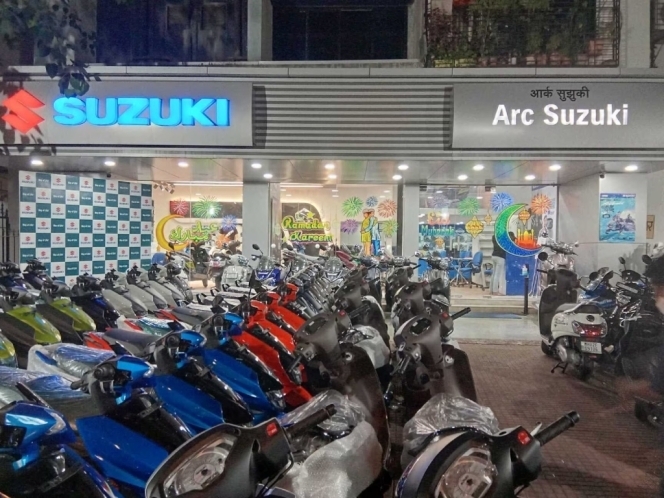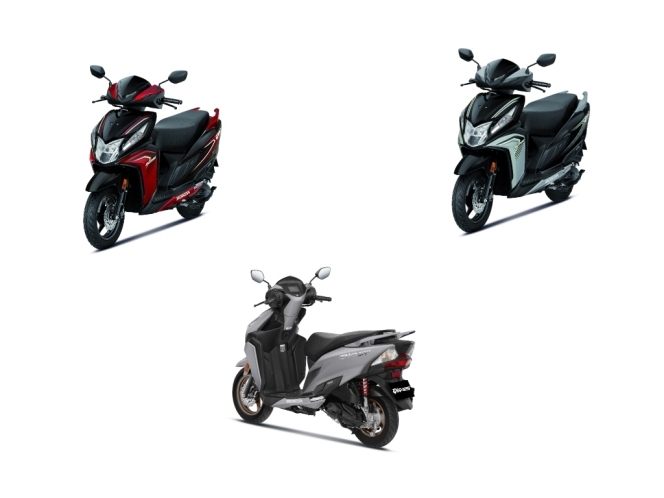Ola E-Scooters – Will The Ride Be Enjoyable?
- By Dr M Rammyaa and Dr K Rajeshwari
- September 02, 2021

The rising impact of carbon footprint and deterioration of air quality have been major concerns across the globe. The state and central governments have introduced various subsidies to reduce vehicle emissions. As sustainability goes mainstream, automobile companies are investing heavily in electric vehicles that are environmentally friendly. Multinational ride-sharing company Ola has recently launched its ‘e-scooter’, and this would be a welcome move. Ola has strategised the right product, the right promotion – all at the right time. Digital access, big boot space, keyless, fast charging… all go into the right product, the Ola e-scooter! Tweet by tweet, Ola has generated excitement from ground zero till launch. Why will customers buy Ola e-scooter? How it is beneficial to the environment? Two variants, 10 colours, all contributing to the right promotional vibes! Its timing is also perfect – people have become more conscious about the environment during the pandemic.
But are these points enough? Ola’s long-term success will depend on numerous other factors such as the right price, the right supply chain configuration and formulating the right strategy to reach the target audience.
What’s the right price?
India is a price-sensitive market. The key challenge in front of Ola is to provide a new experience at an affordable cost. The majority of the two-wheeler population falls into the middle-income group segment. This segment of consumers primarily looks for a fair economical price while buying any new product. In 2021, two-wheelers sales reached 151.19 lakh units (IBEF, 2021). Scooters are available in India at a price range of INR 40,000 to INR 130,000. Ola S1 and S1 pro are priced at INR 99,999* and INR 129,999*, respectively. (*Prices may vary according to region and subsidies). The average price of a scooter today for the middle-class segment is between INR 50,000 and INR 70,000.
What’s the right Supply Chain Configuration?
The company must get its supply chain intricacies right as this important driver increases the cost. Ola is going to deliver directly to the customer. The direct model benefits Ola in the short run in reducing the advertising and overhead costs, eliminating dealership costs and working closely with consumers. Consumers also benefit from the closeness and individual care they receive from direct sales. On the manufacturing side, the direct model cuts out intermediaries, and they can follow lean inventory and save inventory costs. But the company should look holistically and balance inventory costs along with the transportation costs in the long run. Transportation costs (especially outbound costs) will be more in the direct model. Ola must learn from its previous experiences in this regard and focus on the after-sales service and support space. It’s easy to persuade the customers to buy, but the experience thereafter needs to be good too.
What’s the right strategy to reach the customers?
Understanding the mobility landscape and focusing on the right strategy to reach the target audience is one of the most important aspects of the business continuum.
The changing mobility landscape
The automobile industry is evolving fast and technology has brought a remarkable shift in manufacturing, assembling products, processes and the way we drive thanks to Industry 4.0 revolution – Internet of Things (IoT), Artificial Intelligence (AI), Machine Learning and Robotics applications. The technology revolution in the global automotive sector is known as the CASE (Connectivity, Autonomy, Shared mobility and Electrification) technologies (Deloitte, 2020). Staying relevant and up-to-date on contemporary technological innovations is key for the automobile industry.
With every passing day, new challenges and opportunities emerge.
1. Supply chain disruptions: The extended Covid-19 pandemic unequivocally affected the Indian automobile industry which was just surviving with a reverse gear in demand. During March-July 2021, the industry witnessed colossal interruptions due to semi-conductor chip shortages.
2. The transition from BSIV to BSVI emission norms: This is one of the pressing challenges that the automobile industry is facing. With changes in government regulations, it becomes difficult to sell old BSIV vehicles. This has led to a rise in the inventory of BSIV vehicles.
3. Non-Banking Finance Corporation (NBFC) Liquidity Crisis: NBFCs have been a major strength of the automobile industry as they are the key lenders for financing automobile purchases in semi-urban and remote villages where credit accessibility from the banks is normally difficult. NBFC’s liquidity crisis severely crushed many sectors, and the automobile industry is one of the major ones that it took a high toll on.
4. Urbanisation: Urbanisation poses another challenge for the automobile industry. Availability of other car rentals and non-availability of parking space in the metropolitan cities has made individuals defer their vehicle purchasing decisions.
5. Rising fuel cost: Change in GST-related tax structure, volatility in fuel prices, increased interest rates and insurance premium resulted in a steep sales drop of two-wheelers and four-wheelers. The Insurance Regulatory and Development Authority (IRDA) revised its insurance standards in September 2018, which resulted in increased insurance costs for two-wheelers and passenger vehicles (PV).
6. Growing demand for alternatives: Due to Covid-19, people may switch to personal mobility instead of shared mobility as a safety measure. Service-based models such as rental cars, pay-as-you-go models may kick-off.
Focus on the right positioning strategy
Arriving at the right positioning strategy involves recognising users’ distress areas and addressing them, in addition to providing them with key benefits.
Identifying the appropriate consumer segment is critical. Analysis of the current micro, macro-environment, market conditions, competition and economic swings is important, but the focus should be more on categorising consumers who have a high probability of purchasing e-vehicles. This entails understanding the consumer’s lifestyles, values, attitudes and buying behaviours. For instance, studying different generations provides a clear understanding of consumption behaviours during a particular period and how it differs across other age groups. It helps to appreciate how diverse formative habits, experiences and lifestyles relate to the ageing lifeycle. Usually, a generation refers to groups of people born over a span of 15 to 20 years, such as the Millennial generation. There is no definite start and end date for Millennials. Those who were born after 1980, i.e. between 1981 and 1996, are widely considered as Millennials (Pew Research Centre, 2019). The rise in the income level of Millennials and a higher variety of choices changed the mobility landscape. These particular segments dominate in terms of size as a result of a growing middle-upper class and a young populace. The evolution of the technology revolution also changed the way Millennials drive and their preference for mobility. Millennials are more conscious of being environmentally friendly; they prefer walking or using public transport due to affordability as compared to huge purchase and maintenance cost in owning a vehicle. Unlike the elder cohorts, many of the Millennials do not want to own a car; instead, they prefer scooters and shared mobility. (Deloitte,2019)
Recognising consumers’ distress points
Spotting the consumers’ pain points early will pave way for smooth penetration in the long term. For example, it takes two minutes to fill the fuel, but what about charging? Unlike conventional two-wheelers, consumers need to spend additional time for charging. Though consumers can charge in-home, Ola is also planning to put up hyper charging stations across the country to reduce the anxiety of riders.AI and customisable digital screens make consumers remain always connected, but there’s a flip side to it too. These digital screens and music apps will distract the riders during rides. Limited (two) variants, charging time, battery replacement cost anxiety and technical issues in sharing apps would also pose as shortcomings in the current options. Identifying consumers’ distress points with the current options may reveal opportunities on how to position the Ola e-scooters. Based on that, the company can create a tailored user content that will result in a greater possibility of converting them as brand evangelists for Ola e-scooters so that they will share their wonderful experiences with the public at large.
The Ola e-scooter is a potential disruptor in the mobility space. While there is a lot of excitement and eagerness to embrace the product, the organisation has to put in place a sound strategy in order for us to enjoy the ride!
References:
1. https://www.ibef.org/industry/india-automobiles.aspx assessed on 15th August 2021
3.https://www.pewresearch.org/fact-tank/2019/01/17/where-millennials-end-and-generation-z-begins/
India Bike Week Shifts From Goa To Panchgani Hills For 2025 Edition
- By MT Bureau
- December 02, 2025

India Bike Week (IBW), presented by Gulf Syntrac, has shifted its 2025 venue from Goa to Panchgani, Maharashtra. The move, executed due to the rescheduling of Zilla Parishad elections in Goa to the IBW dates, means riders will now converge in the Deccan hills on 19th and 20th December 2025.
IBW 2025 will transform Panchgani into a high-altitude playground for riders, featuring new trails, cooler winds, bonfire nights, camping and after-parties. The edition promises IBW’s line-up yet, offering motorcycling experiences across multiple terrains – from hill climbs and mud trails to manufacturer-led road tests.
Martin Da Costa, Founder and CEO, Seventy Event Media Group, said, “As we celebrate 12 years of India Bike Week, it’s incredible to witness how this festival has grown into one of the world’s most spirited motorcycling gatherings. Although circumstances pushed us to shift venues this year, our ethos remains the same – community, adventure, and the freedom to explore. Panchgani offers us a fresh canvas and IBW 2025 is shaping up to be our most exciting edition yet.”
IBW’s 12th edition includes showcases such as the Endurance Stunt Show by Pol Tarres powered by Gulf Syntrac, the Wheelie Experience by Aprilia and India’s Test Ride Arena featuring the majority of India’s premium motorcycle line-up, now including a showcase by the Gulf TrackHouse MotoGP Team.
Over 10 riding experiences await, from the Pulsar Stunt School to a dedicated Kids’ Mini Moto Track by Vida’s Dirt-E K3, along with masterclasses led by expert creators and overlanders.
Competitive racing will feature on FMSCI-backed tracks such as the IBW Hill Climb by Reise Moto and Harley-Davidson Flat Track Race.
The Skoda Kodiaq All-Wheel Drive Track makes its debut, offering driving and off-road challenges.
Presented by Carlsberg Elephant Strong Soda, the festival’s music line-up includes performances by King, Karan Kanchan, Sugga Honey, along with Harley-Davidson Rock Riders’ Music featuring Antariksh.
The BIG TRIP presented by Gulf Syntrac returns with a compelling line-up. Twelve speakers – including global overlanding legends Simon & Lisa Thomas, Elspeth Beard, Zubin Jaafar and storytellers Kshitij Saxena, Gautham AG, Candida Louis and Maral Yazarloo – will bring narratives of grit, resilience and exploration.
The Ladakh Tent presented by Carlsberg Elephant Strong Soda hosts discussions, including ‘India on Two Wheels,’ a Storytellers Roundtable, ‘RTW 101,’ and ‘Women in Motorsports.’
The Jameson Connects Howling Dog space brings together creators, rider groups, and lifestyle influencers.
Hero MotoCorp Clocks 31% Sales Uptick In November Amid Continued Demand
- By MT Bureau
- December 02, 2025

Hero MotoCorp, the world’s largest manufacturer of motorcycles and scooters, registered dispatches of 604,490 units in November 2025, marking a 31 percent YoY growth.
In the domestic market, the company sold 570,520 two-wheelers, up 30 percent YoY, as against 439,777 units sold last year. On the exports front, the sales came at 33,970 units, as against 20,028 units, marking a 70 percent increase YoY.
This performance sustains the growth momentum following the festive season, driven by positive consumer sentiment across urban and rural markets, supported by GST benefits and a macroeconomic landscape.
VAHAN registrations showed strong domestic demand, with 886,330 units registered in November 2025. Retail registrations grew 26 percent to 1,882,739 units for the combined period of October and November 2025, reflecting dealership and consumer demand.
The company's performance was supported by the success of new models such as the Xtreme 125R, GlamourX 125, Destini 110, and Xoom 160.
VIDA, powered by Hero, sustained its growth trajectory with 12,199 VAHAN registrations, reflecting a 66 percent growth compared to the same period last year. The company strengthened its position in the EV sector, capturing a 10.4 percent market share. The VIDA Evooter VX2 continued to drive retail growth and sales volume, and the company also expanded the line-up with the VX2 Go 3.4 kWh variant.
Suzuki Motorcycle India Sells 122,300 Units In November 2025
- By MT Bureau
- December 01, 2025

Suzuki Motorcycle India (SMIPL), the two-wheeler subsidiary of Suzuki Motor Corporation, Japan, has announced its sales performance for November 2025, recording total sales of 122,300 units. This marks a strong 30 percent YoY growth over 94,370 units sold in November 2024.
In the domestic market, the sales touched 96,360 units last month, which was 23 percent growth over 78,333 units a year ago.
On the exports front, sales grew 62 percent reaching 25,940 units in November, up from 16,037 last year.
Additionally, SMIPL’s aftersales business continued gaining momentum with spare parts sales of INR 955 million in November.
Deepak Mutreja, Vice-President – Sales & Marketing, Suzuki Motorcycle India, said, “We are grateful for the growing confidence our customers place in Suzuki. Their support, along with the dedicated efforts of our dealer network, continues to drive our growth. Alongside strengthening our presence, we are also expanding customer engagement initiatives and experience-led programs to bring riders closer to the brand. We will continue to invest in enhancing accessibility, after-sales experience, and community-building as we work towards sustained growth.”
Honda Motorcycle & Scooter India Clocks 25% Sales Growth In November
- By MT Bureau
- December 01, 2025

Honda Motorcycle & Scooter India (HMSI), one of the leading two-wheeler manufacturers in the country, has reported wholesales of 591,136 units in November 2025, up 25 percent YoY.
The total sales figure for the month included 533,645 units in domestic sales and 57,491 units in exports.
During the period, the automaker continued its commitment towards road safety by organising awareness campaigns across various cities nationwide, encouraging responsible road behaviour through interactive learning.
HMSI also celebrated Children’s Month with a Kids Carnival across all its manufacturing facilities, Traffic Training Parks (TTPs), and Safety Driving Education Centers (SDECs). The initiative, themed ‘Safety Explorers: Journey Through Traffic Land,’ aimed to make road safety learning engaging for children while promoting safe habits from an early age.






Comments (0)
ADD COMMENT